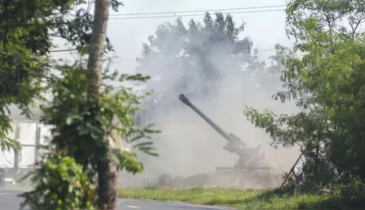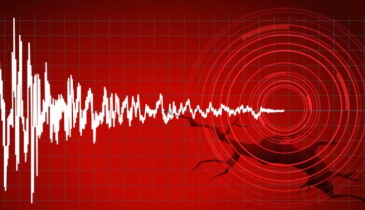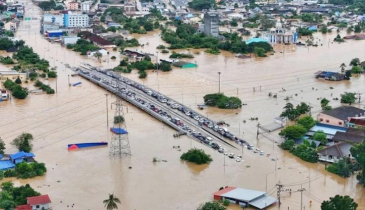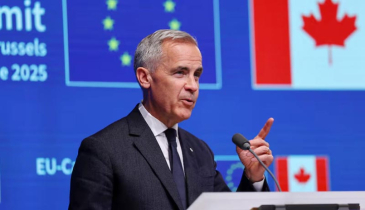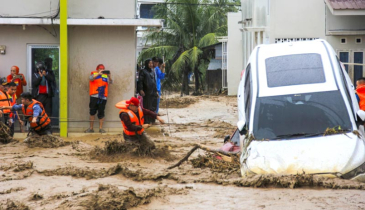China-Russia begin joint naval drills in Sea of Japan amid rising tensions
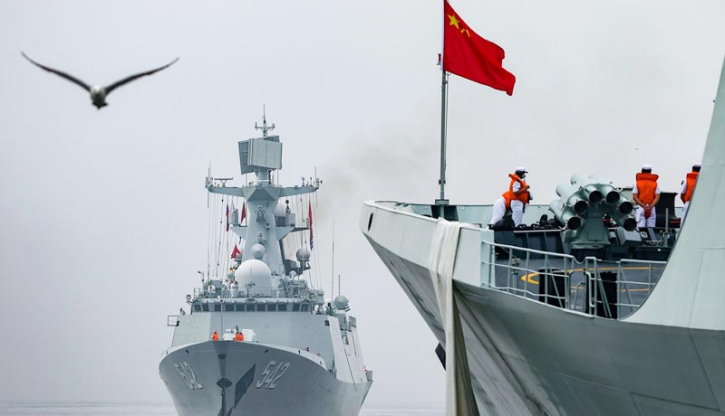
China and Russia have commenced large-scale joint naval exercises in the Sea of Japan, highlighting their growing military cooperation and shared opposition to what they describe as a United States-led global security framework.
The three-day exercises, named Joint Sea-2025, began on Sunday near Russia’s strategic Pacific port city of Vladivostok, according to China’s Ministry of National Defence. The drills will focus on advanced naval warfare tactics, including submarine rescue operations, joint anti-submarine warfare, air defence, anti-missile missions, and maritime combat maneuvers.
China has deployed four warships, including its advanced guided-missile destroyers Shaoxing and Urumqi, to participate alongside Russian naval assets. Following the completion of the exercises, both nations plan to carry out joint maritime patrols in the Pacific Ocean, which analysts say could send a strategic message to the United States and its allies operating in the region.
Beijing and Moscow have steadily strengthened their military and economic ties in recent years, particularly after Russia’s invasion of Ukraine in 2022 triggered sweeping Western sanctions. China has emerged as a crucial economic partner for Russia, while both countries have increased defence collaboration through joint drills and technology exchanges.
The Joint Sea exercises, first launched in 2012, have evolved into an annual platform for demonstrating joint operational capabilities and deepening naval interoperability. This year’s drill comes at a time of heightened tensions in the Indo-Pacific, where the US, Japan, South Korea, and their partners have intensified military cooperation to counter perceived threats from China and North Korea.
Military analysts believe the Sea of Japan drills could also serve as a signal of deterrence amid increased US military presence in the region, expanding NATO’s engagement in the Asia-Pacific, and escalating tensions in the Taiwan Strait and Korean Peninsula.
.png)


